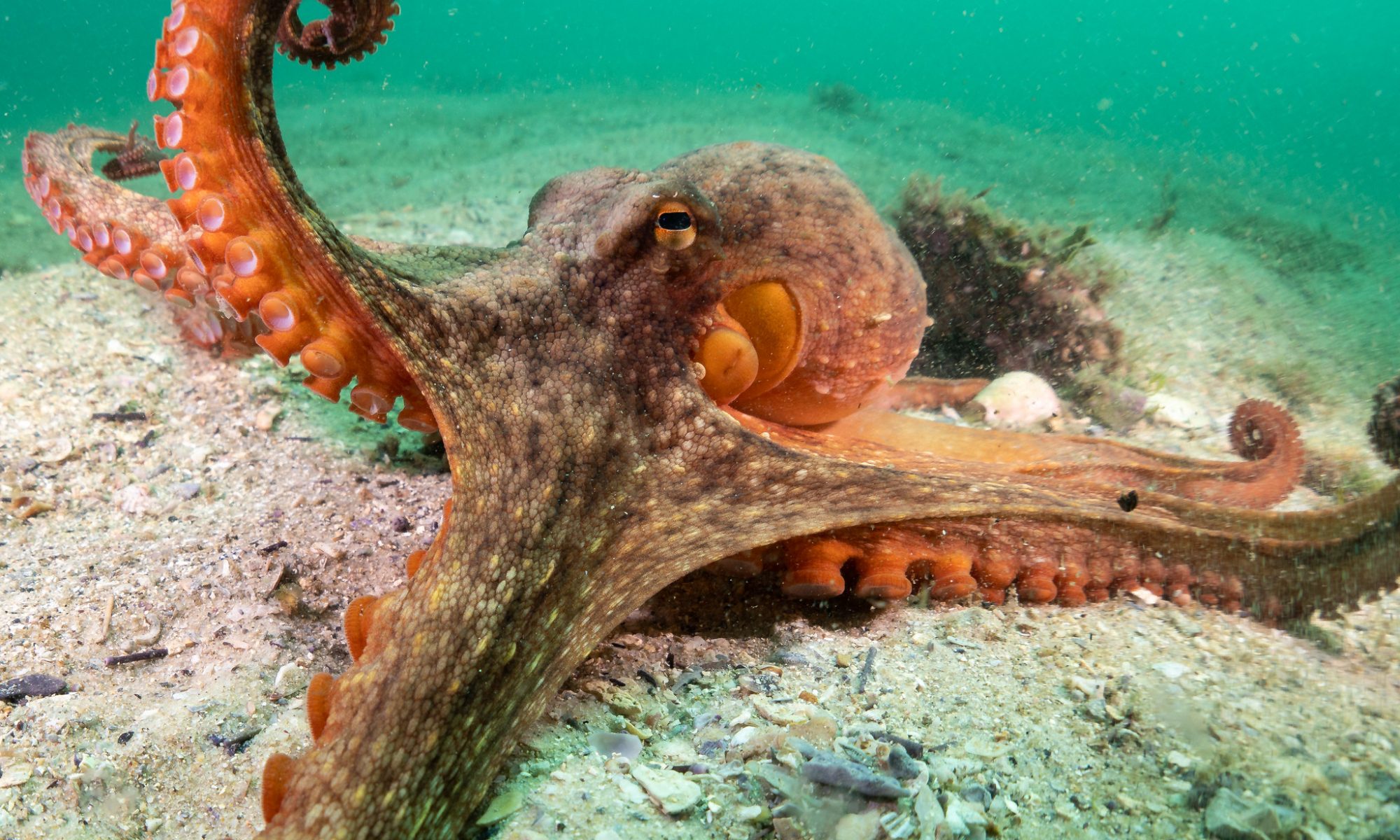Wetlands are areas of land saturated or flooded with water permanently or seasonally. There are a variety of wetland environments including:
- Inland wetland: marshes, peatlands ponds, lakes, rivers, floodplains, swamps, fens
- Coastal wetland: saltwater marshes, estuaries, mangroves, lagoons, coral reefs
- Human-made wetland: fish ponds, reservoirs, saltpans
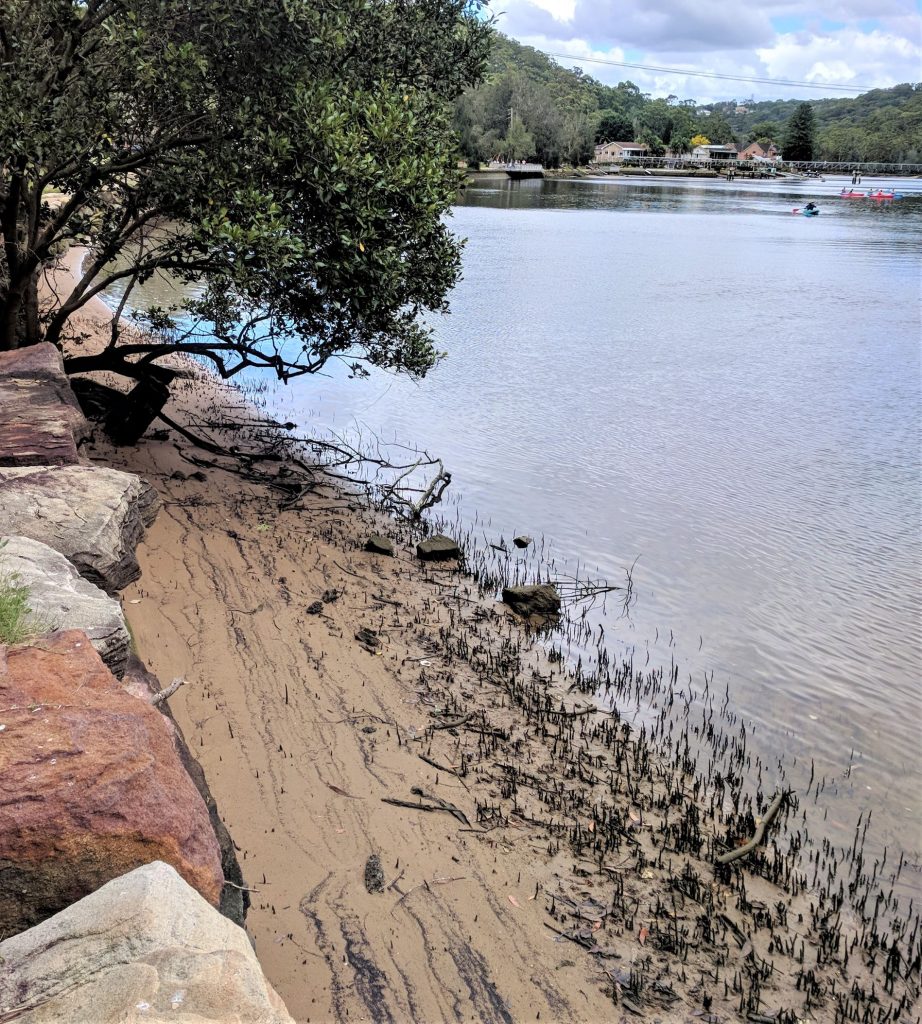
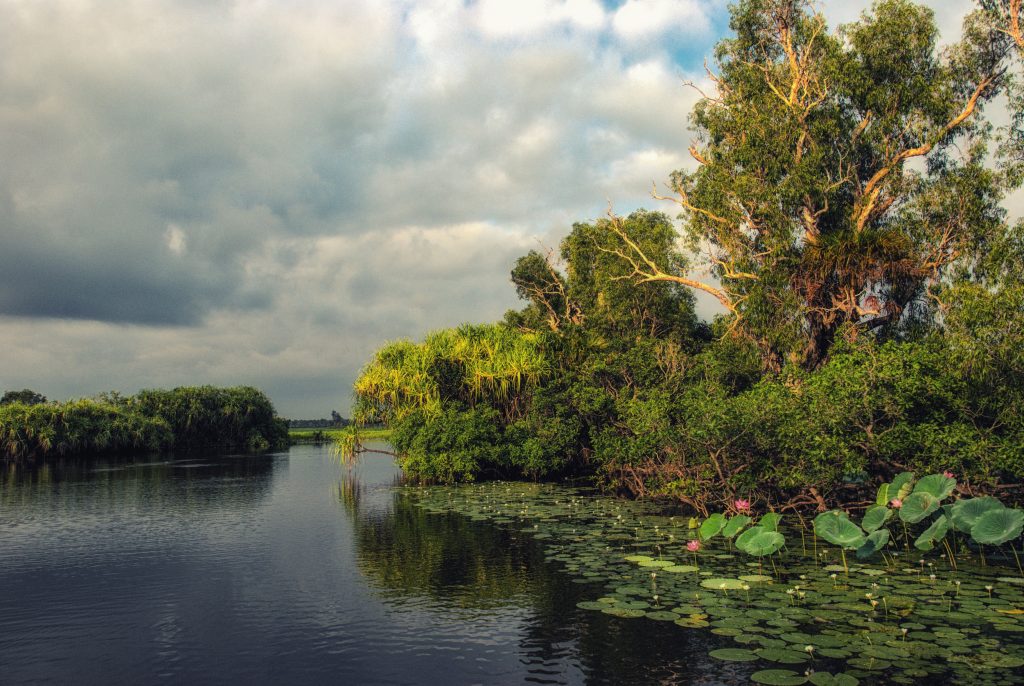
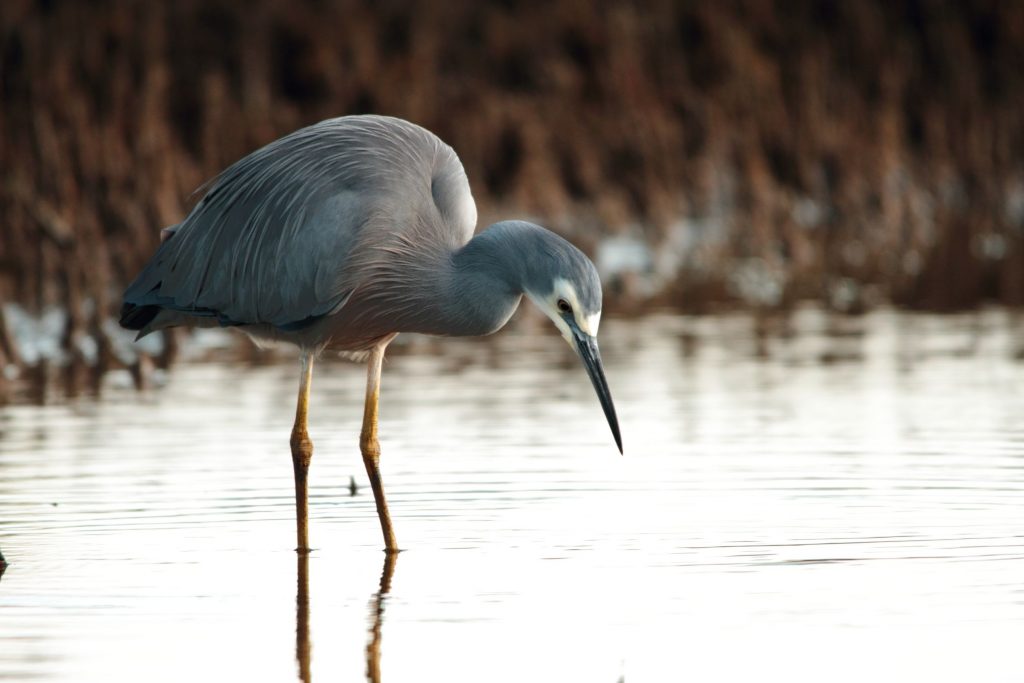
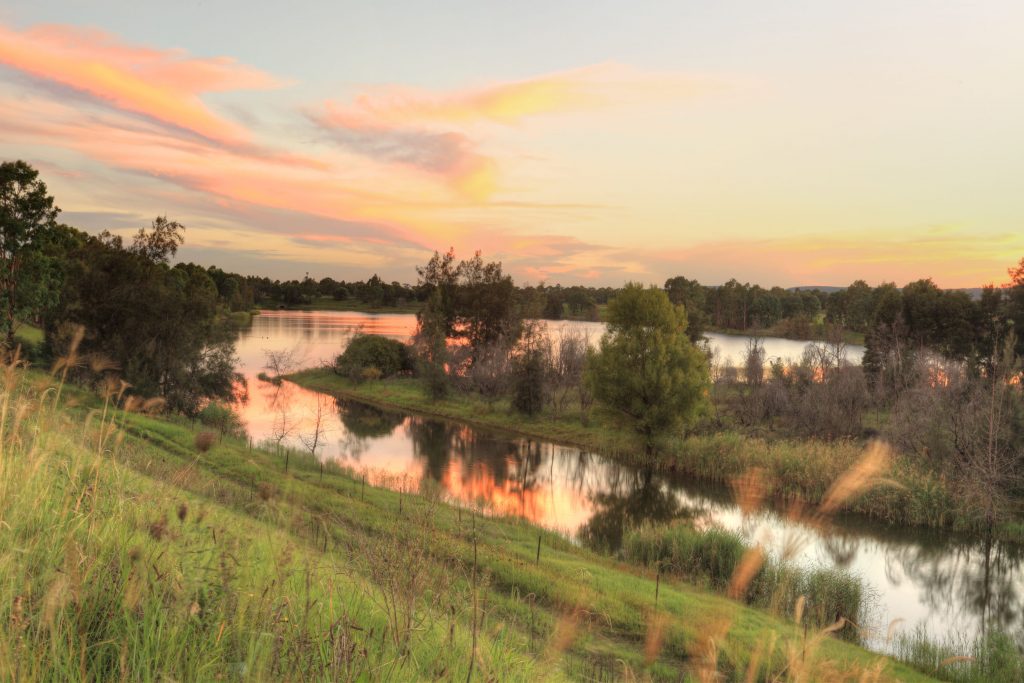
Wetlands are among the most productive ecosystems on Earth, providing essential services such as:
- Water purification – Wetlands filter pollutants, improving water quality for both wildlife and humans.
- Flood control – They absorb excess rainfall, reducing the impact of extreme weather events.
- Biodiversity hotspots – Wetlands are home to countless species, from birds and fish to insects and amphibians.
- Climate resilience – They store carbon, helping mitigate the effects of climate change.
Despite their importance, these ecosystems are disappearing three times faster than forests due to urban development, pollution, and climate change. By understanding and protecting these ecosystems, we can secure the future of our water resources and biodiversity.
In Australia there are 66 Ramsar sites of international importance covering about 8.3 million hectares. These sites include iconic wetlands such as Kakadu National Park, Roebuck Bay, Gippsland Lakes, Moreton Bay, Blue Lake, Macquarie Marshes and the Coorong.
The main threats to wetland environments in Australia are:
- river regulation and water diversion
- land reclamation and development
- catchment disturbance
- introduction of weeds and pest animals
- climate change
Find a Wetland near you to explore and you can check the health with the Wetland Audit.
Creating Wetland connections
Aquatic ecosystem connectivity refers to the connections between and within aquatic ecosystems. Understanding the connections of the surrounding land to wetlands and between other wetlands is important for effective catchment management. For example, when looking at prioritising management actions in a catchment, a wetland that provides refuge for wildlife in a dry landscape may be given priority.
Wetlands are a important parts of our natural environment. They protect our shores from storm surges, reduce the impacts of floods, absorb pollutants and improve water quality. They also provide habitat for animals and plants. They contain a wide diversity of life, supporting plants and animals that are found nowhere else in the world.
Healthy wetlands are essential for a healthy world!

